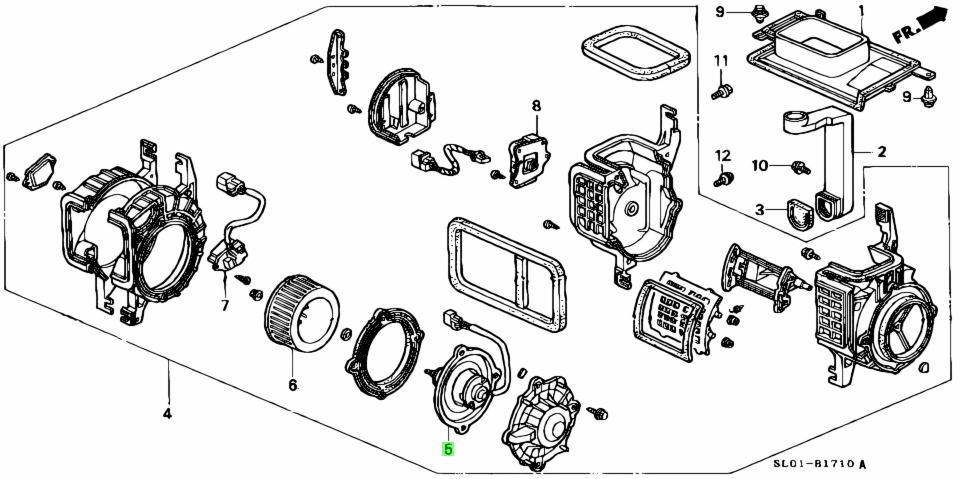A seemingly normal Climate Control Unit (CCU) with a fan working only in the max and off position came in from Switzerland.
The issue was confirmed in my own NSX with the self test not showing any issues just the fan not working as it should.
This usually points towards capacitor issues but when opening the unit it became obvious that the capacitors had already been replaced ..
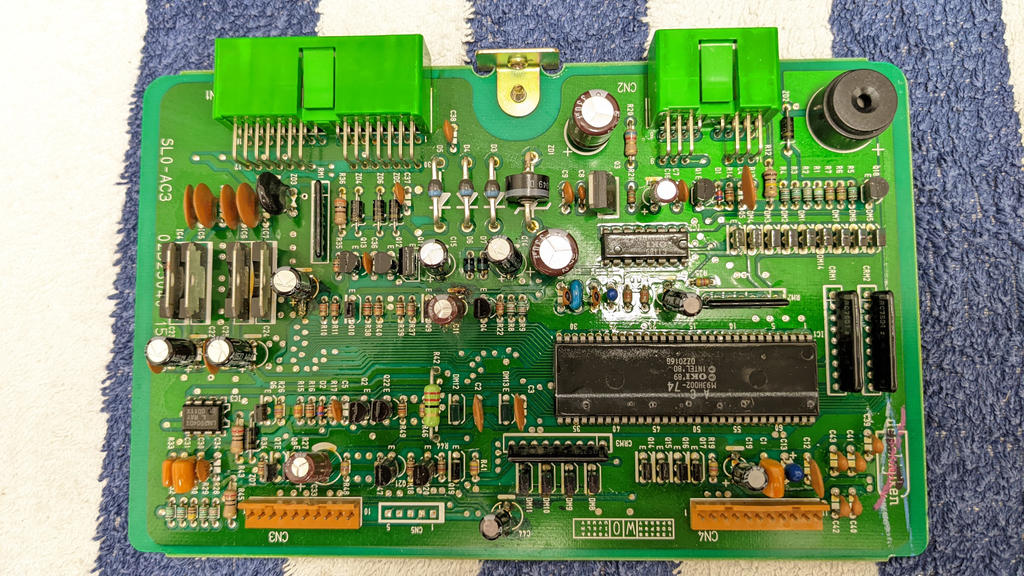
What was missed though was the mandatory acid removal.
Forgetting to do so will cause the destruction of the copper areas to continue underneath the PCB silk layer - until all acid is used up and the chemical process comes to a halt.
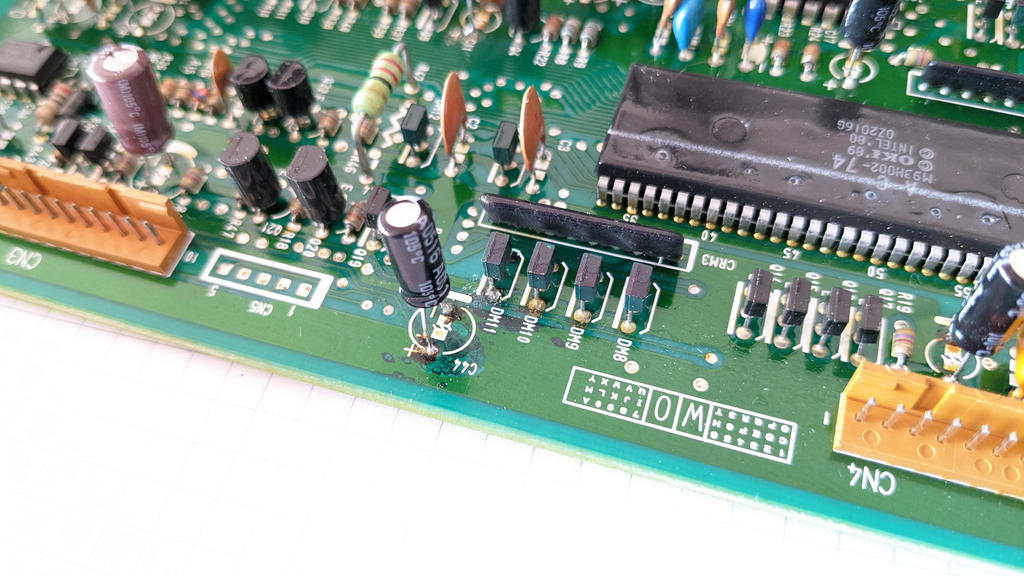
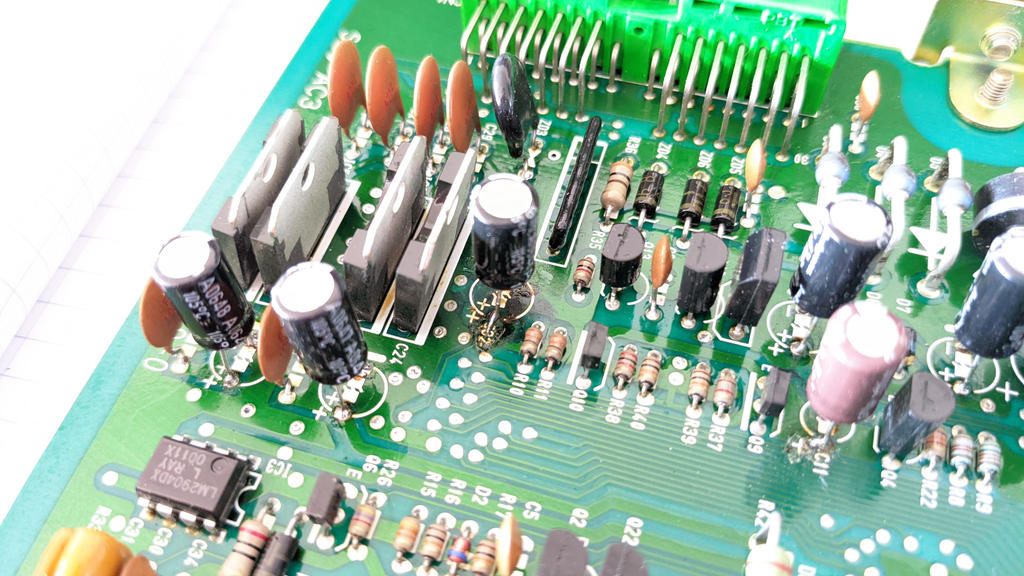
First step is removal of the capacitors, cleaning the affected areas with a fibreglass pen down to bare medal.
Then checking for broken traces or missing copper with two cases identified:
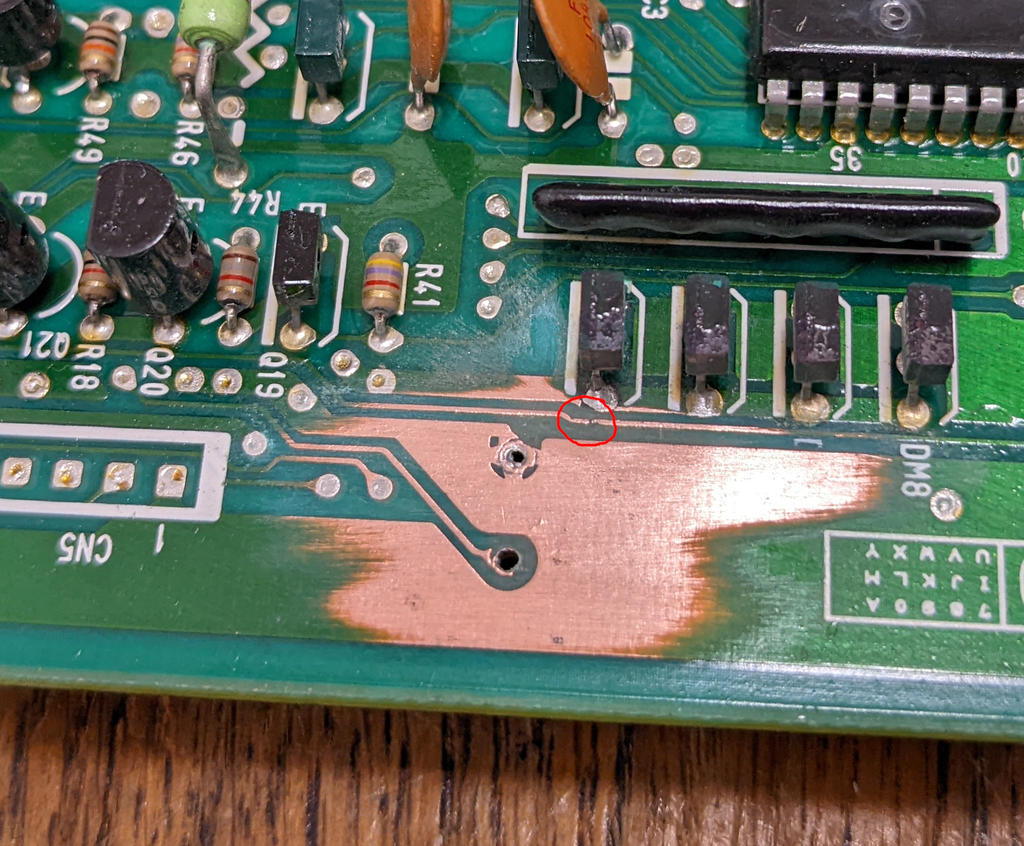
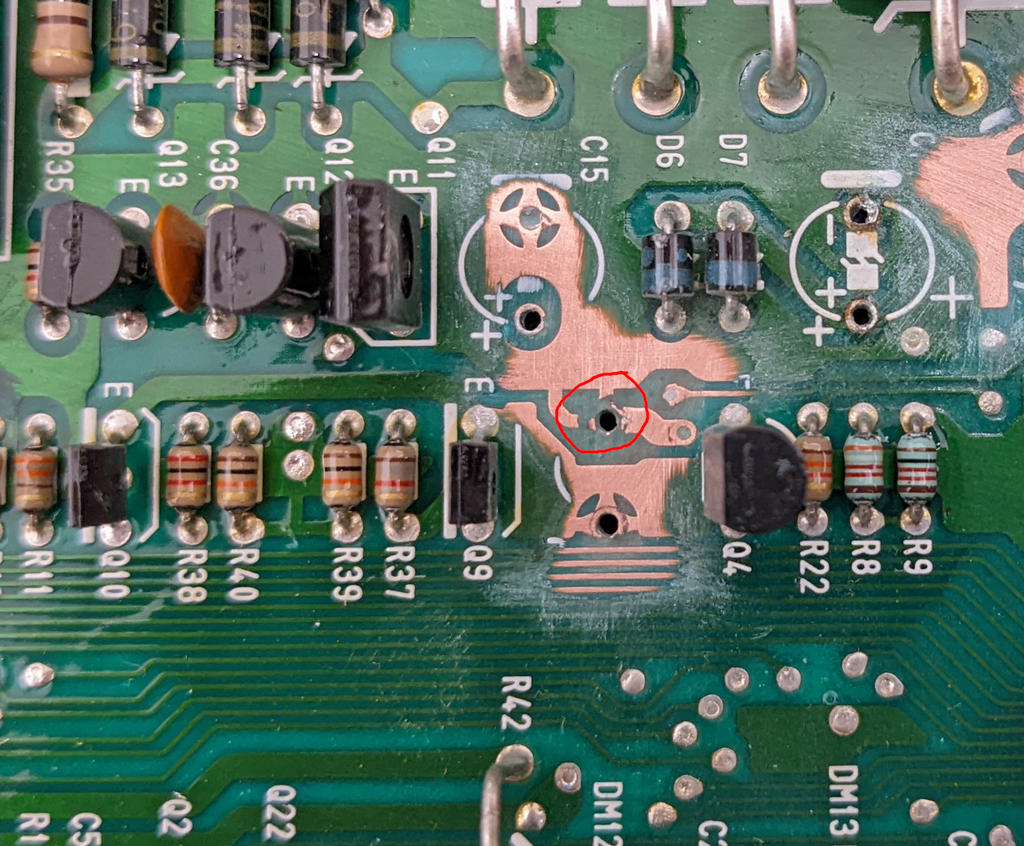
Adding a thin coat of solder, new capacitors (all dry electrolyte types) and various repair wires later the board was back in working condition.
I'm still impressed how much damage and abuse the CCU board can take before failing completely.
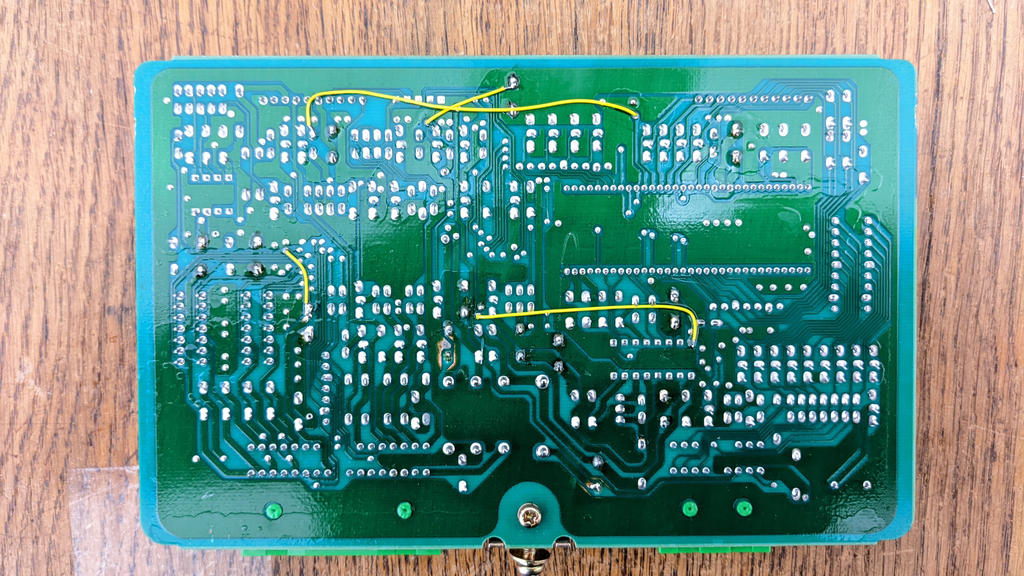
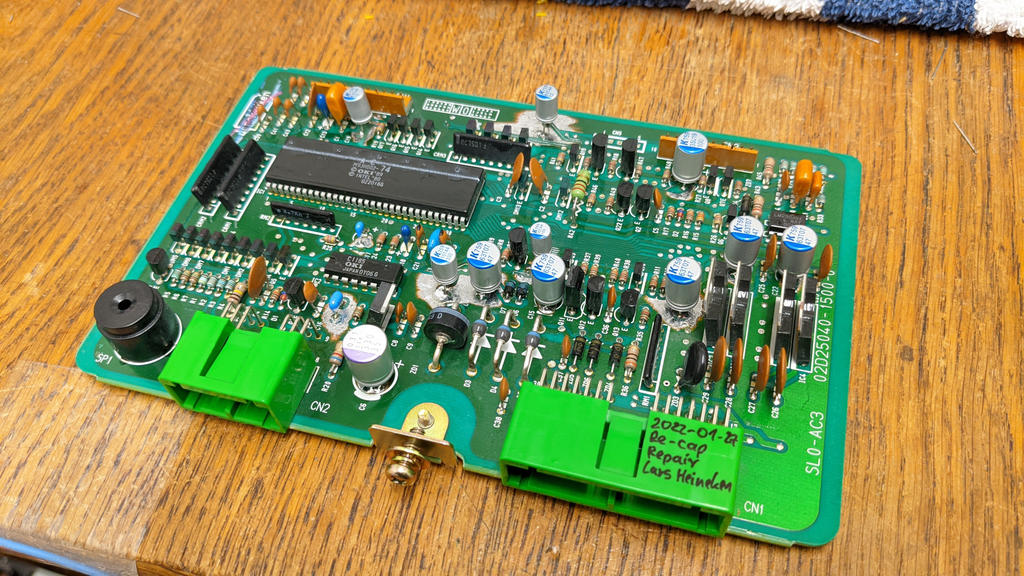
After conformal coating and verifying operation in the vehicle I'm happy all is OK again and the CCU is ready to return home.
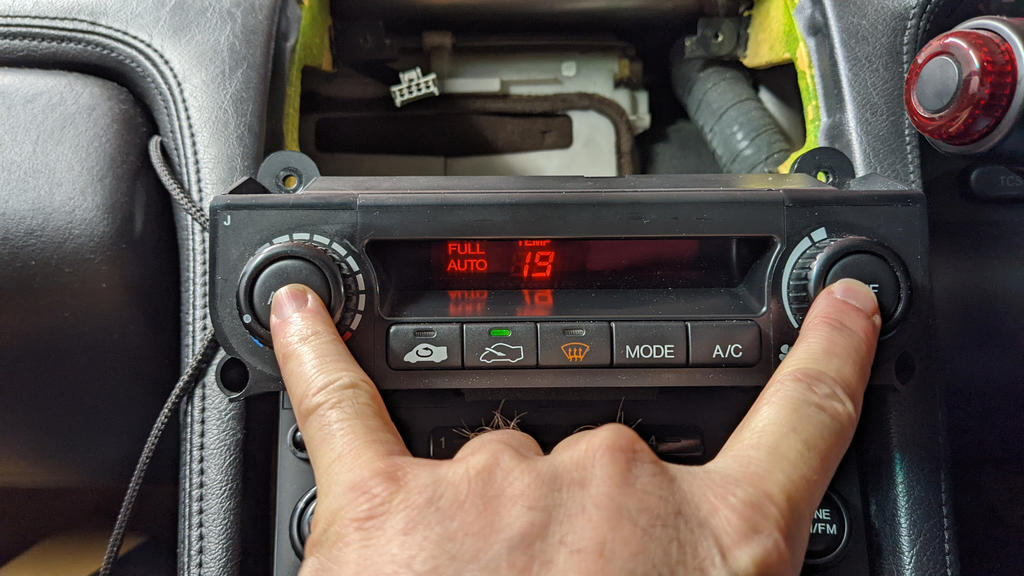
In retrospective I'm suspecting that the missing copper around C11 (the second picture above) is what caused the fan control to stop working since it's near the responsible power transistor - maybe someone can confirm?
The issue was confirmed in my own NSX with the self test not showing any issues just the fan not working as it should.
This usually points towards capacitor issues but when opening the unit it became obvious that the capacitors had already been replaced ..
What was missed though was the mandatory acid removal.
Forgetting to do so will cause the destruction of the copper areas to continue underneath the PCB silk layer - until all acid is used up and the chemical process comes to a halt.
First step is removal of the capacitors, cleaning the affected areas with a fibreglass pen down to bare medal.
Then checking for broken traces or missing copper with two cases identified:
Adding a thin coat of solder, new capacitors (all dry electrolyte types) and various repair wires later the board was back in working condition.
I'm still impressed how much damage and abuse the CCU board can take before failing completely.
In retrospective I'm suspecting that the missing copper around C11 (the second picture above) is what caused the fan control to stop working since it's near the responsible power transistor - maybe someone can confirm?






